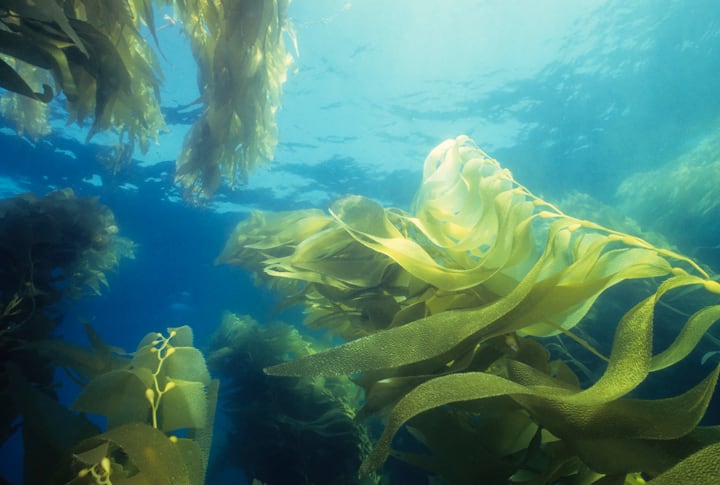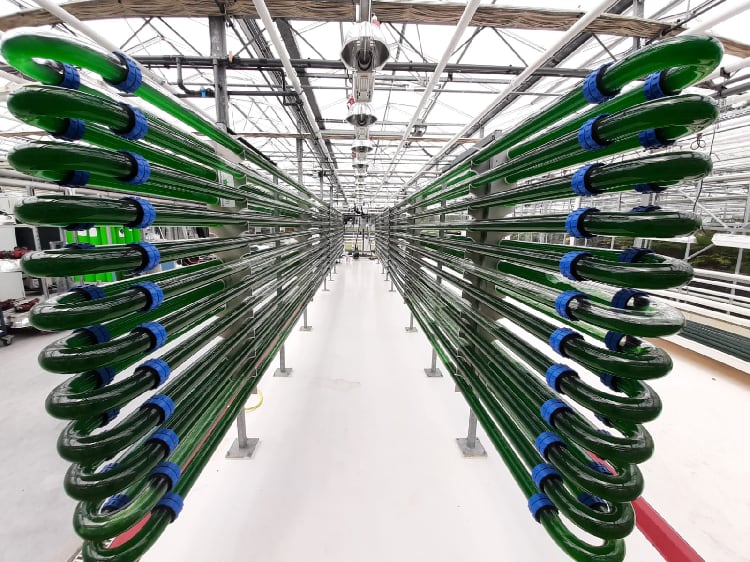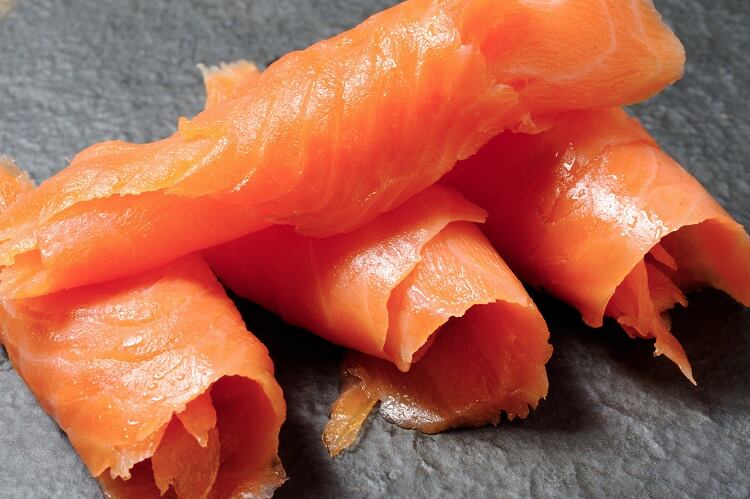Researchers at the University of Gothenburg surveyed 10,000 kilometres of coast and found twenty species of sea lettuce.
Green macroalgae of the genus Ulva, also known as sea lettuce, are almost ubiquitous in the wider Baltic Sea region and can be found from the Atlantic waters all the way up to the Bay of Bothnia in the Baltic Sea. Sea lettuce reproduce easily and grow quickly, which makes it of appeal for an expanding aquaculture industry and blue economy.
Research is ongoing both in Sweden and abroad for utilising sea lettuce in the food industry and for different biochemical applications.
There are multiple species, but until now it has not been known how many there are and previously only a handful had been identified, said Sophie Steinhagen, a researcher at Tjärnö Marine Laboratory.
Invasive species identified
“We have studied the biological diversity of the Baltic Sea, Kattegatt and Skagerak by taking a large number of samples from sea lettuce that we have then conducted DNA analysis of. We found 20 unique species and subspecies. Three of these are invasive species that have found their way here in various ways.”
The researchers also found completely new species of sea lettuce in Swedish waters that have not previously been described scientifically. Some of these appear to only grow in the Baltic Sea.
The ability to track invasive species will help propel the development of the seaweed aquaculture industry, she told FoodNavigator.
“The importance of this survey is significant,” she said. “Growing sea lettuce as a food source is a rapidly increasing industry, and foreign species risk being spread through simple ignorance. To maintain and protect valuable ecosystems along the coasts, it is important to know which species grow there and to not introduce new species that risk out competing the native species.”
Grow the right species in the right place
“Our study shows that today’s method of identifying species, which is often done by looking at the appearance of green algae, is insufficient for identifying the distribution of the various species. We have not been able to see the real extent of the biological diversity.”
The inventory discovered many new species, information that can be valuable when cultivation of sea lettuces is initiated in new places along the coast. It is important to grow the right species at the right place to avoid the risk of impacting diversity, explained Steinhagen.
“This new knowledge allows us to develop methods for maintaining the unique sea lettuce species along a specific coast. Our survey can also help when writing regulations related to invasive species that should not be used in aquaculture if it is to be sustainable.”
She added that the study’s observations also provide a basis for strain selection. That’s important for development of the sector, she explained, as it will allow growers to choose strains that are quicker to grow. This will allow growers to target multiple uses and end product applications ion the food and beverage industry.
“All seaweed is known for its umami flavour profile and its high mineral and vitamin content, but we could choose strains with a higher protein or amino acid profile.”
“By knowing the distribution of the invasive and native sea lettuce species we can exclude invasive species from cultivation efforts to protect our valuable marine ecosystems. With knowing range margins and distribution patterns of native species we can select for strains that best cope with respective environments and lay a basis for breeding efforts. To select and breed best performing variants adapted to the respective ecosystem is a vital part of the future seaweed industry in the EU.”
Hatchery capacity solutions needed
A sound hatchery of viable seedlings, meanwhile, is often a bottleneck to large scale farming. That’s because before it is attached and grown on ropes at sea, the wild seaweed is sent to a hatchery where it is stimulated in water tanks.
“We are also looking into how to control the life cycle of the different sea lettuce species for sound nursery techniques to support the industries independency of natural stocks,” added Steinhagen.
Reference
'Molecular identification of the ubiquitous green algae Ulva reveals high biodiversity, crypticity, and invasive species in the Atlantic-Baltic Sea region'
Algal Research
https://doi.org/10.1016/j.algal.2023.103132





